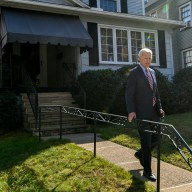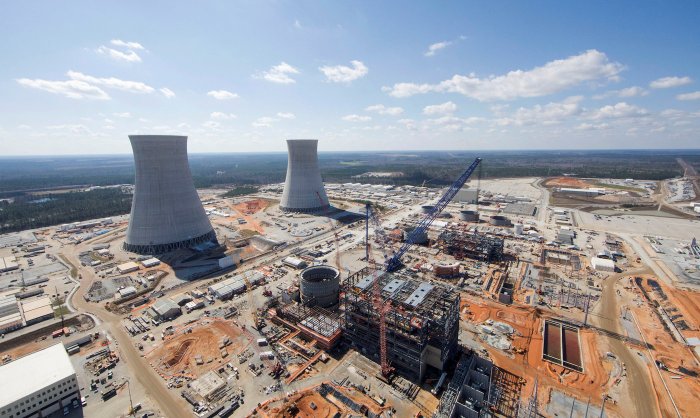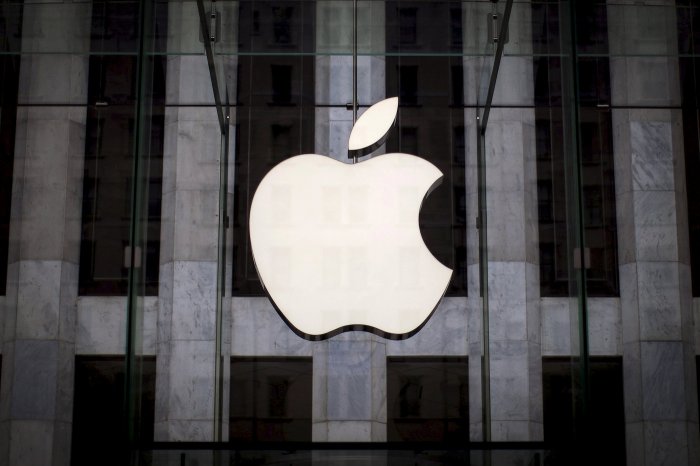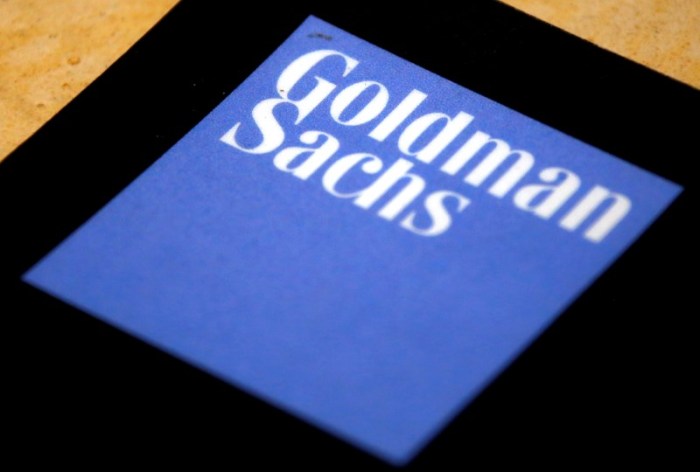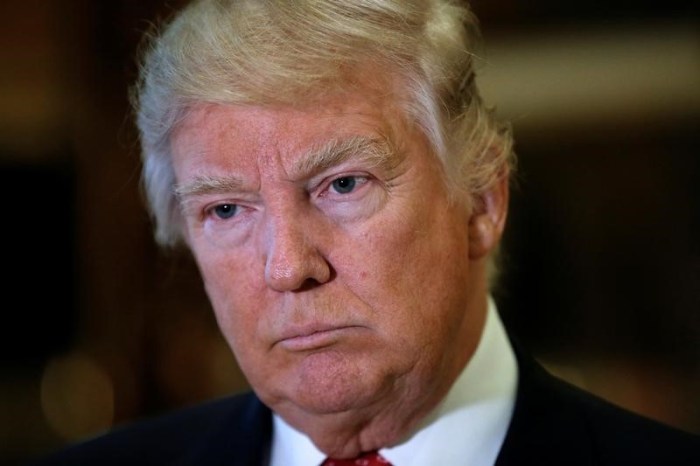By Lucia Mutikani
WASHINGTON (Reuters) – U.S. economic growth unexpectedly remained tepid in the second quarter as inventories fell for the first time in nearly five years and business investment weakened further, offsetting robust consumer spending. Gross domestic product increased at a 1.2 percent annual rate after rising by a downwardly revised 0.8 percent pace in the first quarter, the Commerce Department said on Friday. In addition, the GDP growth estimate for the fourth quarter was cut by five-tenths of a percentage point to a 0.9 percent rate. The three straight quarters of growth rates around 1 percent suggest a significant loss of momentum that puts the economy at the risk of stalling, but economists expect an acceleration in the second half against the backdrop of strong consumption. Though the inventory drawdown weighed on GDP growth, that is likely to provide a boost to output in the coming quarters as businesses order merchandise to restock depleted warehouses.
“The U.S. economy just went through a meaningful inventory correction cycle,” said Harm Bandholz, chief U.S. economist at UniCredit Research in New York.
“In the past, those developments have even led to recessions, but given that potential growth is slower these days and that other headwinds occurred at the same time, one may actually be tempted to highlight the economy’s resilience.” Excluding inventories, GDP growth rose at a 2.4 percent rate and domestic demand increased at a 2.7 percent pace.
Economists had forecast the economy growing at a 2.6 percent rate in the second quarter after a previously reported 1.1 percent expansion pace in the January-March quarter.
Economists believe other drags to growth during past quarters, including lower oil prices and a strong dollar, are fading. While growth is expected to rebound in the second half, expansion for 2016 will probably fall short of 2 percent. The weak GDP report is unlikely to have an impact on the interest rate outlook, with the Federal Reserve focused on the labor market and persistently low inflation. The U.S. central bank said on Wednesday that near-term risks to the economic outlook had “diminished.” “We think they are unlikely to set monetary policy according to wild swings in inventory, but rather labor market dynamics and final demand, although the doves will cite these numbers as a reason for more ‘wait and see’,” said Paul Mortimer-Lee, chief North America economist at BNP Paribas in New York. The GDP report and poor earnings from oil majors Exxon The dollar fell against a basket of currencies, while prices for U.S. government bonds rose.
ROBUST CONSUMER SPENDING
Consumer spending, which makes up more than two-thirds of U.S. economic activity, increased at a 4.2 percent rate — the fastest since the fourth quarter of 2014 and accounting for almost all the rise in GDP growth in the second quarter. Although that rate of growth is probably unsustainable, a tightening labor market, rising house prices and still higher savings should underpin spending for the rest of 2016.
In the second quarter, income at the disposal of households after adjusting for inflation increased at a $13.92 billion rate from $13.81 billion early in the year.
A separate report from the Labor Department on Friday showed labor costs increasing at a steady 0.6 percent rate in the second quarter, matching the prior quarter’s rise.
Business inventories fell $8.1 billion in the second quarter, the first drop since the third quarter of 2011, after increasing $40.7 billion in the first quarter.
Inventories sliced off 1.16 percentage points from GDP growth, the largest drag in more than two years. It was the fifth straight quarter that inventories weighed on output.
The inventory drawdown was almost across the board, with big declines in farm, manufacturing and wholesale stocks. Some economists said the inventory drop probably reflected a more accurate accounting by the government for oil and gas industry stocks during the period when prices were plunging. “Our read is that the unwinding of the energy boom has produced a larger drag than had been previously reported,” said Mark Vitner, a senior economist at Wells Fargo Securities in Charlotte, North Carolina. “The slide in U.S. energy output has generated a lot of noise in the GDP figures.”
Business spending on equipment contracted for a third consecutive quarter, the longest stretch since the 2007-2009 recession, though the pace of decline slowed. Business spending on equipment fell at a 3.5 percent rate after declining at a 9.5 percent pace in the first quarter. Investment in nonresidential structures, which include oil and gas wells, declined at a 7.9 percent pace in the second quarter after rising at a 0.1 percent rate in the prior period.
Business spending has been hurt by the cheap oil, which has squeezed profits in the energy sector, forcing companies to cut capital spending budgets. Prospects for business spending are not encouraging. Exxon Mobil, the world’s largest publicly traded oil producer, on Friday reported a lower-than-expected quarterly profit. Chevron, the second-largest U.S.-based oil producer, posted a second-quarter loss on Friday, its largest since 2001. Outside the oil sector, economists say uncertainty over global demand and the upcoming U.S. presidential election are also making companies cautious about spending.
Investment in residential construction and spending by the government fell, but economists expect a rebound. Despite the lingering effects of the dollar’s rally and weak global demand, trade contributed two-tenths of a percentage point to GDP growth. (Reporting by Lucia Mutikani; Editing by Andrea Ricci)





